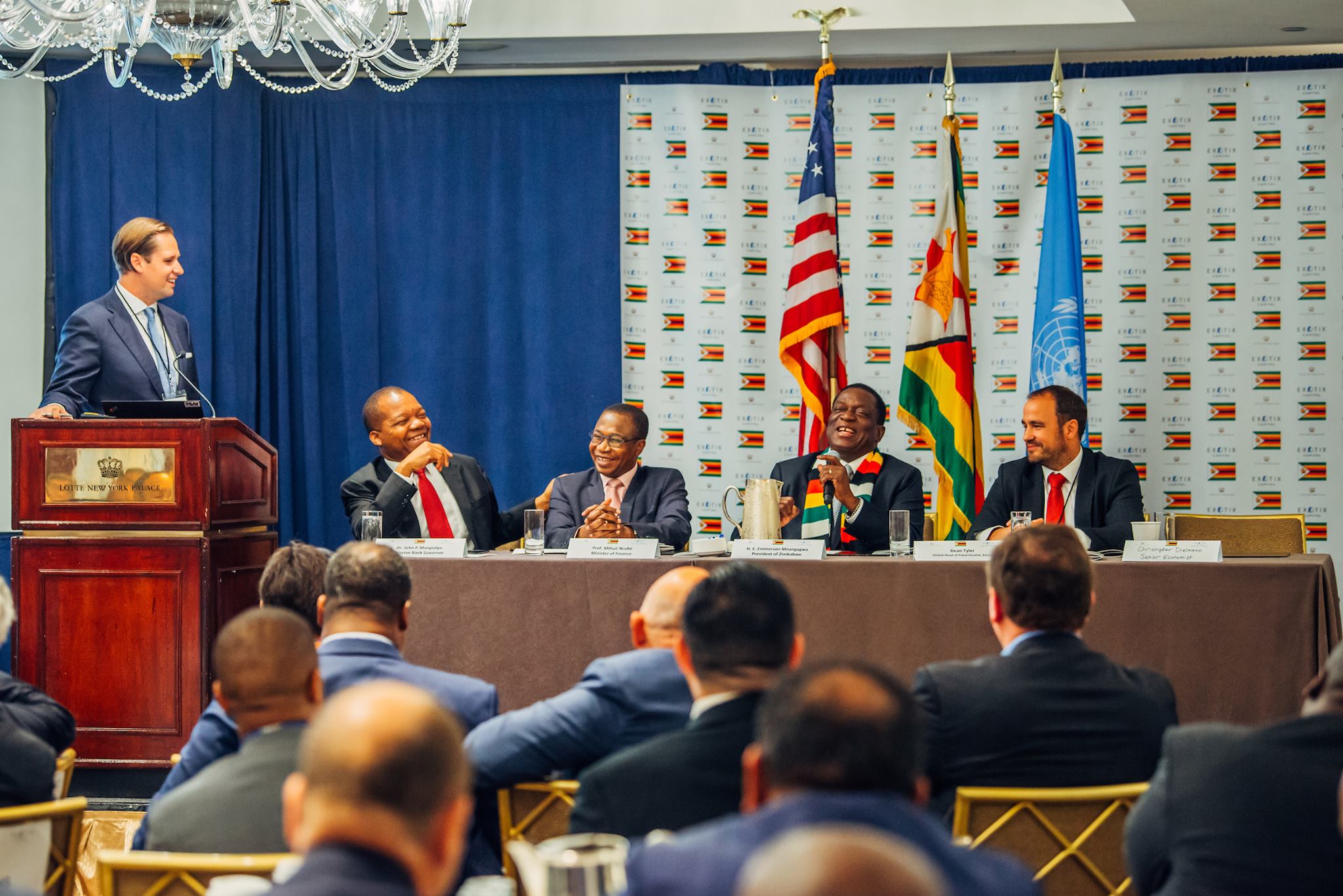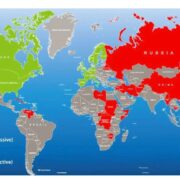By Ross Moyo
Zimbabwe is not ready for a new currency considering the local Zimbabwe gold zig currency is mostly used as an electronic mode of payment via swipe operating machines and other electronic modes such as financial technologies fintech as ecocash, OneMoney omari, Innbucks etc. This was revealed by the International Monetary Fund IMF which is seeking the Southern African Country’s plans to end the United States dollar usage.
By Ross Moyo
With informal foreign currency exchange traders littered in the cbd of Harare, such signs of unreal superficial economic stability have pushed the International Monetary Fund ((IMF) to demand Zimbabwe provide more clarity on the implications of its plan to phase out domestic use of the US dollar by 2030. IMF in a recent statement pointed out that the local currency, the Zimbabwe gold (ZiG), hasn’t yet found wide acceptance and that monetary policy credibility remains low.
“The role of the ZiG in the economy is still limited and monetary policy credibility remains low, as indicated by high dollarization and the elevated parallel exchange-rate premium,” the IMF said chief among unanswered questions being whether use of the ZiG will be limited to domestic transactions, allowing bank deposits denominated in dollars, as the Washington-based lender said in its report following its annual evaluation of the country’s economy.
The Southern African country introduced the ZiG in April last year, marking the sixth effort to establish a viable local currency as previous efforts failed amid high inflation and collapsing values on foreign exchange markets. The Dr Mangudya – Mushayavanhu transition currency introduced on the hand over take over of Reserve Bank of Zimbabwe Governorship was devalued sharply in September 2024, but has only declined around 9% against the US unit since then amid tight monetary policy.
All the more still, abandoning the dollar, in use since 2009, is increasingly becoming a flash point in the economy as banks are curbing lending in dollars to businesses and households as a precaution ahead of the deadline to switch to a mono-currency.
IMF said fiscal pressures “threaten the current fragile stability,” adding that a there is need to engage with creditors to find a solution to country’s debt problem. Zimbabwe owes $21 billion to multilateral lenders.
IMF other highlights from the report:
The monetary and exchange-rate policy framework needs improvements.
Tighter monetary policy has been instrumental to stabilizing the ZiG following its devaluation in September last year.
The central bank has requested IMF technical assistance to establish an interbank trading system.
IMF insists Zimbabwe must provide more clarity on the implications on its plan to phase out domestic use of the US dollar by 2030, pointing out that the local currency, perhaps due to lack of confidence isnt popular.















Comments